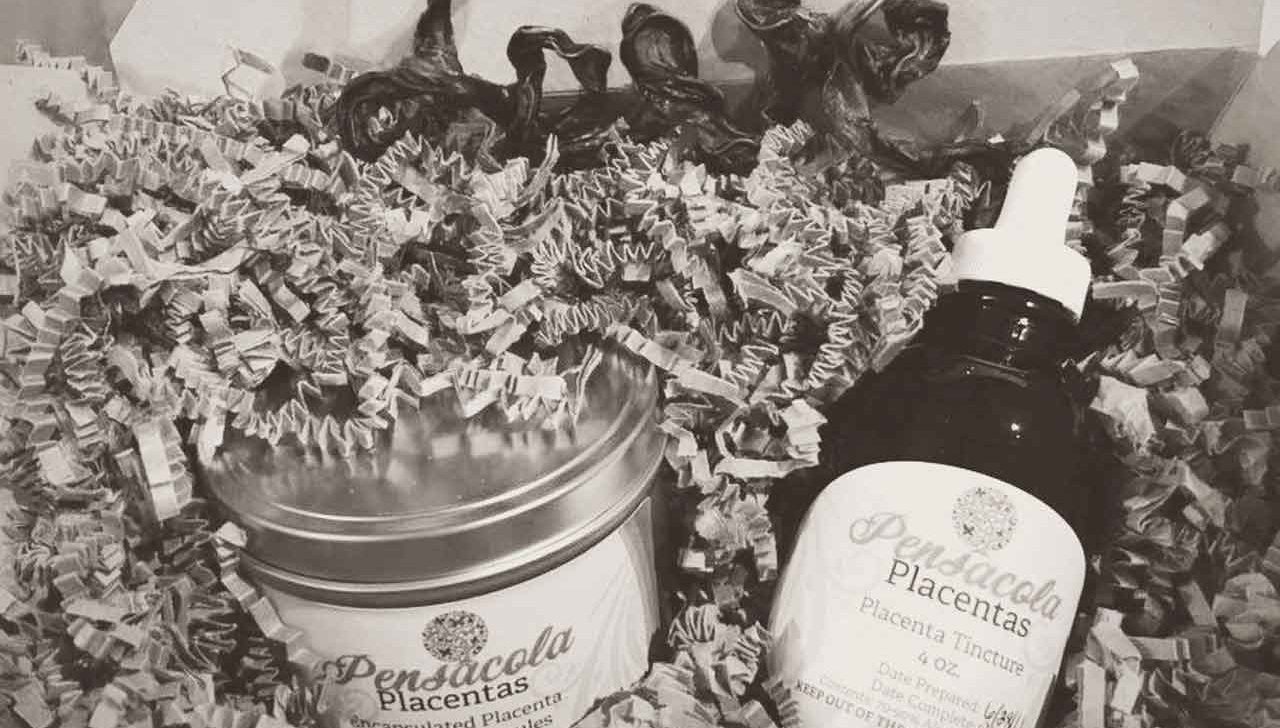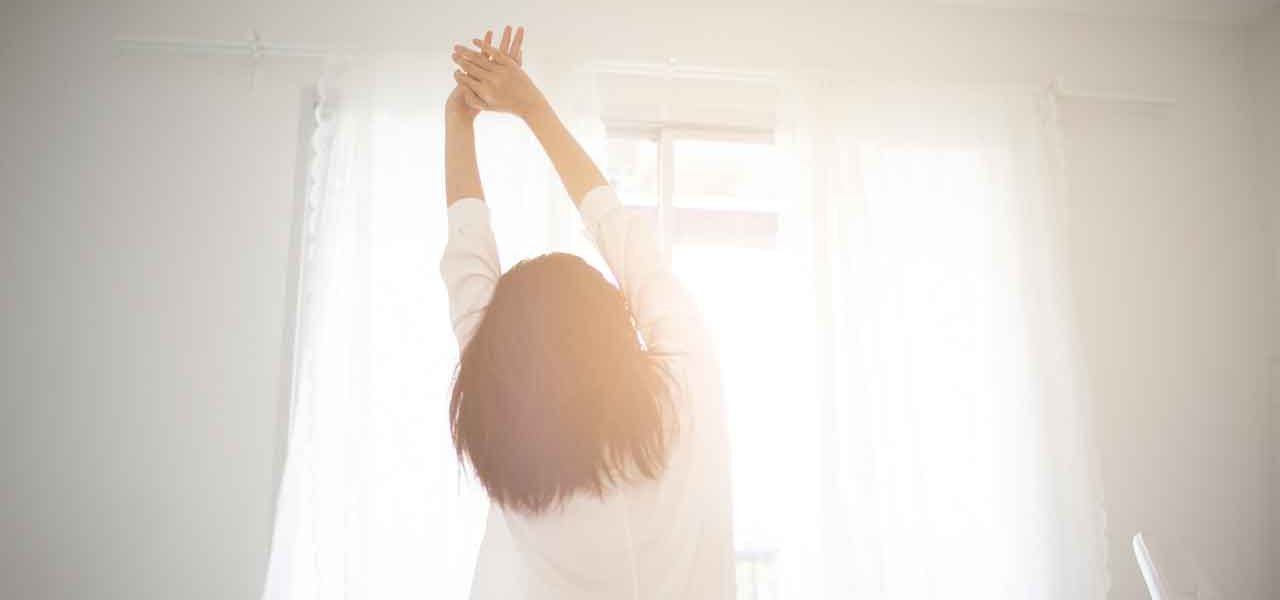May 29, 2018
Yes, I Used My Friend's Placenta — and My Own

I still remember the moment my midwife asked me as the birth of my son neared closer six years ago and we were talking through my plans, “So, what are you going to do with your placenta?” My reaction was, “What do you mean what am I going to do? What is there to do with it?” She proceeded to tell me that some moms encapsulate it, make a tincture out of it, bury it, or even freeze it for smoothies later on. Like many initial reactions, mine was a big fat “Ew! No way!” and we moved on.
YOU MIGHT ALSO LIKE: The Midwife Difference
But then I learned, oh, how I learned the benefits are very real and worth exploring. After my son's birth I fell into horrible baby blues. His birth was absolutely amazing as my first natural birth after two hospital inductions with epidurals, and I grieved every single day that it was over. I cried over missing my midwife and the relationship we had formed. I cried passing the local birth center. I cried over my new role as a mom of two and felt overwhelmed. I cried a lot with an invisible cloud of doom hovering over me, sucking the joy out of my newborn baby's first weeks. If I wasn't crying I was the angry teenager version of myself, complete with slamming doors and yelling at my husband, “You just don't understand me!”
By seven weeks postpartum I was desperate and not wanting to be on medications, my friend offered for me to try her placenta tincture. It was worth a shot. Let's be clear here that in a tincture there isn't actually placenta in it any longer, but only the left over hormones and nutrients after the chunk of placenta has been removed from soaking for weeks. I took just a few drops a day in my morning juice and whoa — I felt like me again! I had joy again, I could manage my household better and didn't feel like escaping. I felt like smiling instead of crying! If I missed a day I immediately fell back into the blues. I stopped taking the tincture when I could miss a day or two without falling back into the fog of sadness, which was about two to three weeks later.
From then on I was a believer in the power of placenta. My next home birth, I saved my placenta to encapsulate via a specialist. I also made my own tincture with it and even put a chunk in a smoothie my midwife made me for immediately after birth (for reasons I'll list below). My initial postpartum time was so much smother in transition. The first three months felt like such a blissful, joyful time, and I felt overall I could manage my moods better. I could talk to my husband without slamming doors. I could treasure my birth experience for what it was without grieving like someone died! It wasn't until after three months postpartum when severe sleep deprivation hit — and a serious lack of self-care -- that I fell into a late postpartum depression and sought outside help for that. After my fourth birth, I felt even better as a confident mom, and my moods were better balanced for another peaceful postpartum that stayed that way as I knew how to care for myself better as well. And, yes, I plan to do the same after this baby as well, come February. Now that I've experienced the difference first hand, I wouldn't choose a postpartum without the added hormonal support.
It is becoming more popular to use a mom's placenta after birth for good reason. While there isn't a whole lot of scienific studies yet showing the benefits — or there is that say that are no benefits found — ask moms who have done it and the proof is in the testimonies. Here's how it can benefit you:
- Lessen bleeding after birth (which is why I used a chunk immediately after)
- Replenish iron levels
- Increased energy
- Balance hormones leading to a happier postpartum
- Increase milk production
- Rich in nutrients for supporting the mother in postpartum healing, including iron, hemoglobin, cortisone, oxytocin, estrogen, and prolactin
Is the practice of placentophagy right for everyone? No. However, it certainly is an option to explore and one that has little risk even if it doesn't give you the results you hoped. To me, putting aside the ew factor is worth the try for a happier and healthier postpartum.


